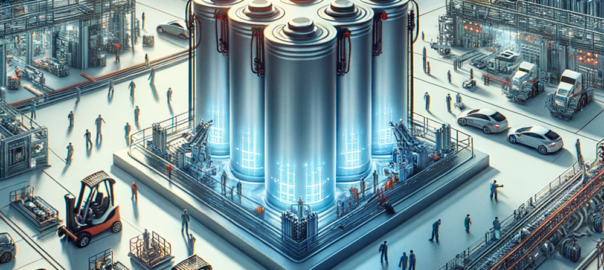As the world moves towards a more sustainable energy system, community energy storage has emerged as a promising solution to address the intermittency of renewable energy sources. Community energy storage systems, which are typically neighborhood-based battery systems, can store excess energy generated by solar panels, wind turbines, and other renewable energy sources, and distribute it to the grid or local communities when needed.
The benefits of community energy storage are numerous. First, it can help reduce the reliance on fossil fuel-based power plants, which are the leading contributors to greenhouse gas emissions. Second, it can provide a more stable and reliable energy supply to local communities, especially during peak demand periods. Third, it can help reduce the overall cost of energy for communities by reducing the need for expensive grid infrastructure upgrades.
Despite the potential benefits, the deployment of community energy storage systems has been slow due to various factors, including regulatory hurdles, lack of financing, and technical challenges. However, several successful pilot projects have shown that community energy storage is a viable solution for improving the resilience and sustainability of local energy systems.
One example of a successful community energy storage project is the Brooklyn Microgrid in New York, which utilizes a network of solar panels and batteries to provide power to a local community during grid outages. Another example is the 4R Energy Corporation in Japan, which has repurposed used electric vehicle batteries for community energy storage systems.
As more communities and businesses prioritize decarbonization and resilience in their energy systems, the demand for community energy storage is expected to grow. Governments and policymakers can support this transition by providing funding and regulatory frameworks to encourage the development of community energy storage systems.
Community energy storage has the potential to transform the way we generate, distribute, and consume energy, and is an exciting new frontier in the race to decarbonize our energy systems.










